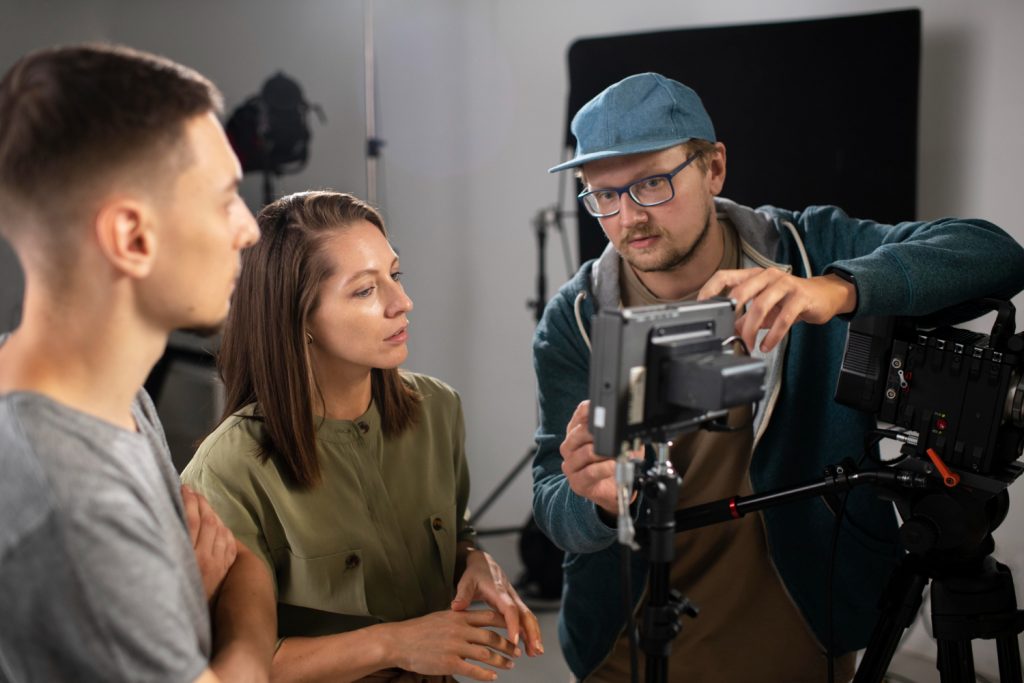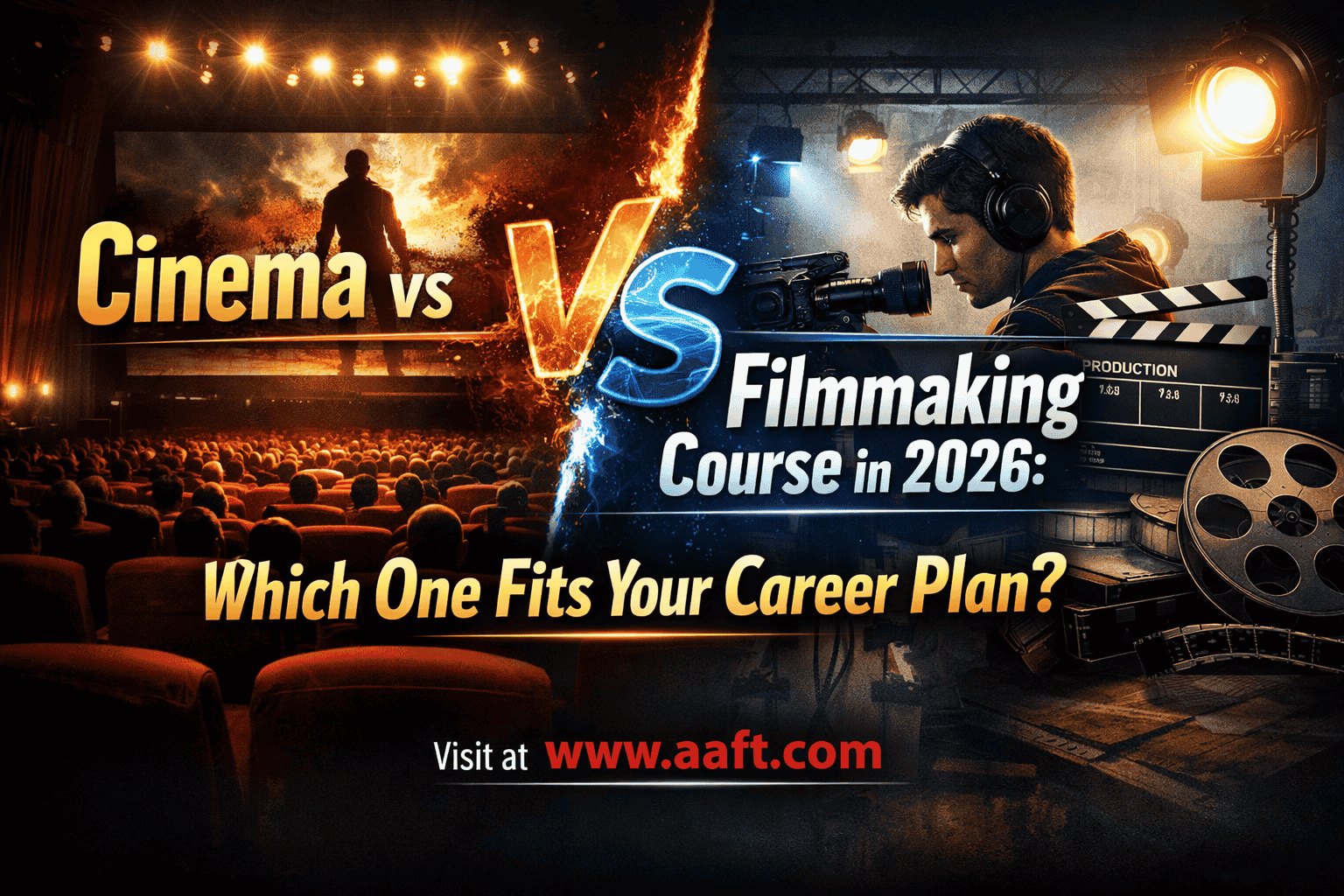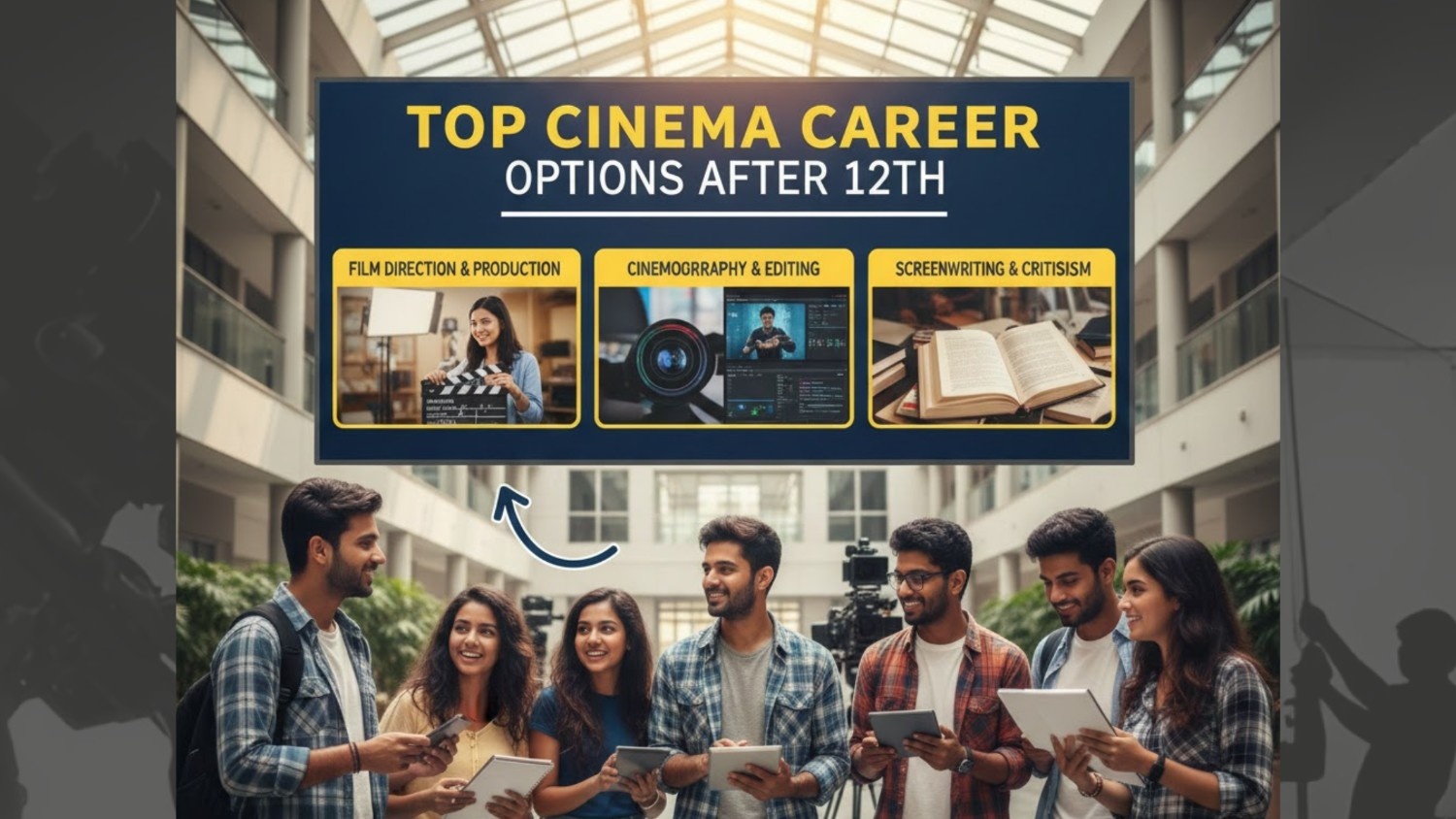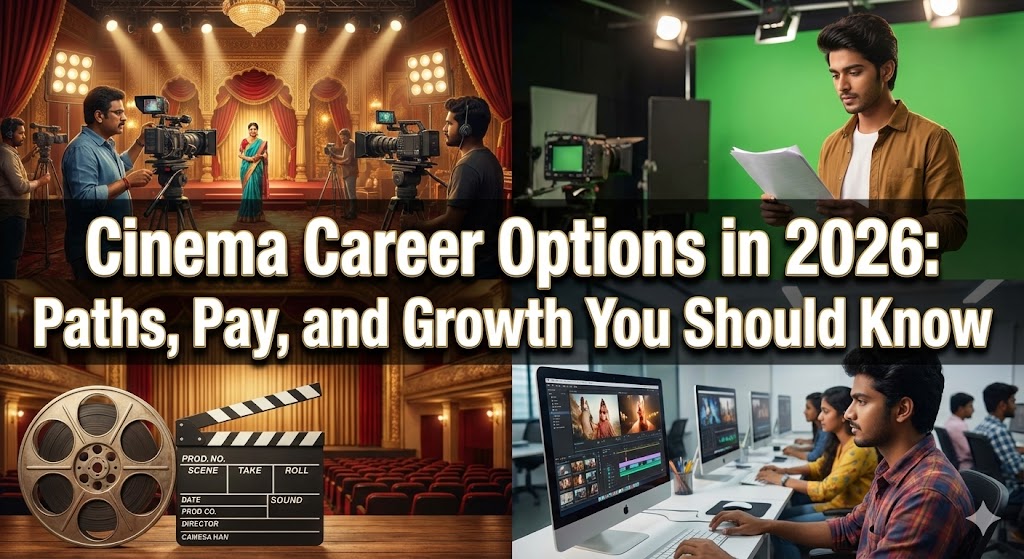A Beginner’s Guide to Post-Production for Filmmakers
The final clap of the slate may signal the end of filming, but for the post-production team, the real journey is just beginning. This blog endeavors to shed light on the intricacies of post-production for today’s aspiring filmmakers. Post-production is a collaborative endeavor involving various team members such as sound editors, Foley artists, colorists, and more. It’s a crucial phase where raw footage undergoes a metamorphosis into a polished and captivating film. Beyond mere filming, the essence of a successful video or movie lies in the meticulous processes that unfold afterward. A post-production is an art form in itself, encompassing editing, visual effects integration, sound design, and color grading to craft a seamless and compelling cinematic experience. Below, you’ll find a comprehensive guide to navigating the post-production process, along with the essential tools needed to embark on this creative journey.
What is Post-Production?
Post-production is the crucial stage in filmmaking where raw footage is transformed into a coherent and engaging story through editing, sound design, and visual effects integration. It’s the phase where individual shots are woven together to form a seamless narrative, accompanied by music, dialogue, and sound effects to enhance the viewer’s experience. This collaborative process involves a team of professionals such as editors, sound designers, and colorists, who work together to refine and polish the film until it reaches its full potential. Depending on the project’s scope and budget, the post-production process may vary, but its essence remains consistent across various visual mediums.
Why is Post-production Important?
Post-production is essential for transforming raw footage into a captivating film through editing, visual effects, and sound design.
- Post-production ensures all elements are polished, addressing issues like unwanted noise and color continuity for a cohesive viewing experience.
- It transforms raw footage into a high-quality product, integrating visual effects to create fantastical or realistic scenes.
- Without post-production, films lack coherence and storytelling, potentially leaving audiences disengaged.
- Background music, color grading, and editing rhythm enhance the overall story and emotional impact.
- Editors, sound designers, and visual effects artists play crucial roles in shaping the film’s narrative and atmosphere.
Read Also: Method vs. Meisner: Find Your Perfect Acting Technique
The Post-Production Workflow:
1. Editing:
Do you want free career counseling?
Ignite Your Ambitions- Seize the Opportunity for a Free Career Counseling Session.
- 30+ Years in Education
- 250+ Faculties
- 30K+ Alumni Network
- 10th in World Ranking
- 1000+ Celebrity
- 120+ Countries Students Enrolled
Editing serves as the digital workspace where editors assemble raw footage, and organize it according to the script and director’s vision. Using various cutting techniques like fades and transitions, editors control the pacing of the film and convey storytelling with cuts. Non-linear editing allows for flexibility and experimentation, while edit trimming refines shot durations for continuity. Shot selection is meticulous while editing, as editors strategically choose shots to engage the audience and convey the story’s narrative and emotional journey.
2. Sound Design:
Sound design, including dialogue editing, sound effects, and music, plays a crucial role in creating atmosphere and evoking emotions in films. For example, in the horror film “The Conjuring,” Foley artists meticulously craft eerie sound effects like creaking doors and ghostly whispers to immerse the audience in a chilling atmosphere. Additionally, dialogue editing ensures clear and impactful communication between characters, while music, scored specifically for the film, provides emotional soundscapes that heighten suspense and tension, enhancing the overall cinematic experience. During audio mixing, all these elements are blended seamlessly to create a cohesive auditory journey for the audience, ensuring that sound levels are uniform and balanced. Together, these elements of sound design, along with Foley effects, contribute to the creation of a captivating and unforgettable auditory experience that complements the visual storytelling of the film.
3. Color Grading:
Color correction involves rectifying color inconsistencies like white balance and exposure issues, ensuring uniformity across shots. Conversely, color grading enhances the film’s visual tone and atmosphere, achieved through adjustments in color scheme and contrast to evoke specific moods. For a thriller, a colorist might opt for cooler tones and heightened contrast to intensify tension, while for a period piece like a 1948 setting, warmer hues and softer contrasts may be used to evoke nostalgia and authenticity. By manipulating color temperature, contrast adjustments, and employing cinematic looks, color grading becomes integral in visual storytelling, shaping the viewer’s emotional response and immersion in the narrative.
Book Now →
Read Also: A Lesson on the Cameo Effect from: 9 Iconic Bollywood Cameos
4. Visual Effects (VFX):
VFX plays a crucial role in bringing imagination to life and enhancing storytelling. They allow filmmakers to achieve visual effects that may be impractical or impossible to create physically, expanding the possibilities of cinematic storytelling. There are two main types of VFX: practical effects and digital effects.
Practical effects involve creating effects physically, such as using props, makeup, and stunts. Digital effects, on the other hand, are created using computer-generated imagery (CGI) to produce visuals that are impossible or impractical to achieve physically.
Do you want free career counseling?
Ignite Your Ambitions- Seize the Opportunity for a Free Career Counseling Session.Beginners looking for a VFX on a budget can start with green screen compositing or motion graphics for basic VFX and can also use practical effects like makeup and props. A prime example of groundbreaking VFX is seen in Avatar, where motion capture and CGI were combined to create the alien world of Pandora, setting a new standard for VFX in filmmaking.
Tools and Resources for Beginners:
For filmmaking enthusiasts, here are some essential tools and resources to kickstart your film project and initiate post-production on a budget.
Read Also: 7 Tips to Write an Engaging Screenplay
Consider free or affordable editing software such as DaVinci Resolve, renowned for its excellent color correction and robust audio post-production capabilities, along with HitFilm, which offers sophisticated tools including 3D compositing, and is highly regarded among intermediate users due to its strong community support and extensive training resources. Additionally, VideoProc Vlogger stands out as the top choice for beginners with its user-friendly interface, powerful features, and abundance of presets, making it easy for newcomers to create professional-quality videos without a steep learning curve.
For sound effects consider sound libraries such as SoundBible and FreeSound offer extensive collections of public domain sound effects, while Incompetech provides free music and sound effects under the Creative Commons license. AudioMicro specializes in background sounds, perfect for immersive experiences.
You can enhance your understanding further by dedicating time to exploring beginner-friendly online tutorials on platforms like YouTube. Channels such as ‘Film Riot’, ‘Cinecom.net’, and ‘Peter McKinnon’ provide extensive tutorials that cover a wide range of film editing topics, including techniques, software guidance, and editing workflows.
Read Also: How to Make a Documentary Film: A Step-by-Step Guide
Tips for finding royalty-free music and sound effects.
- Explore platforms like PremiumBeat, Epidemic Sound, and Artlist for extensive libraries of royalty-free audio and sound effects.
- Utilize SoundCloud and Incompetech for free options with proper attribution.
- Search YouTube for channels dedicated to providing royalty-free music or use keywords like “copyright-free” or “royalty-free” when searching.
- Consider subscribing to platforms for unlimited access, and always check for proper licensing terms and attribution requirements before using any music or sound effects in your project.
Hardware considerations for a basic post-production setup.
- Prioritize a reliable computer with ample processing power, RAM, and storage capacity.
- Opt for a computer equipped with a dedicated graphics card for improved performance.
- Invest in a high-resolution monitor with accurate color representation.
- Consider quality audio equipment such as headphones or speakers for precise sound editing.
- Ensure sufficient storage space, including fast SSDs for active projects and backups.
- Don’t overlook essential peripherals like a keyboard and mouse for efficient editing workflows.
Read Also: Everything You Need to Know About Making A Short Film
Conclusion:
Post-production might feel daunting at first, but with dedication and the right tools, you can turn raw footage into captivating films. Embrace learning, experiment freely, and don’t shy away from getting creative. Start with small projects to gain experience and confidence. Collaborate with fellow filmmakers, seek feedback, and learn from your favorite directors’ techniques. Explore online tutorials and workshops to expand your skills. At AAFT School of Cinema, we offer accessible post-production programs led by experienced professionals to guide you in bringing your stories to life.
Faq
I have no experience; can I still do post-production?
Absolutely! This guide provides a starting point, and learning resources are readily available.
What computer specs do I need?
Start with a decent processor and enough RAM for basic editing. You can upgrade later as your skills progress.
How long does post-production usually take?
It depends on the length and complexity of your film. Be patient and learn to enjoy the process!

AAFT has been providing the world with limitless creativity and expression since 1993! Through a dynamic and industry-driven curriculum, AAFT provides engaging and captivating articles to persuasive blogs and empowers its readers to explore diverse avenues of creative media education-related content.






